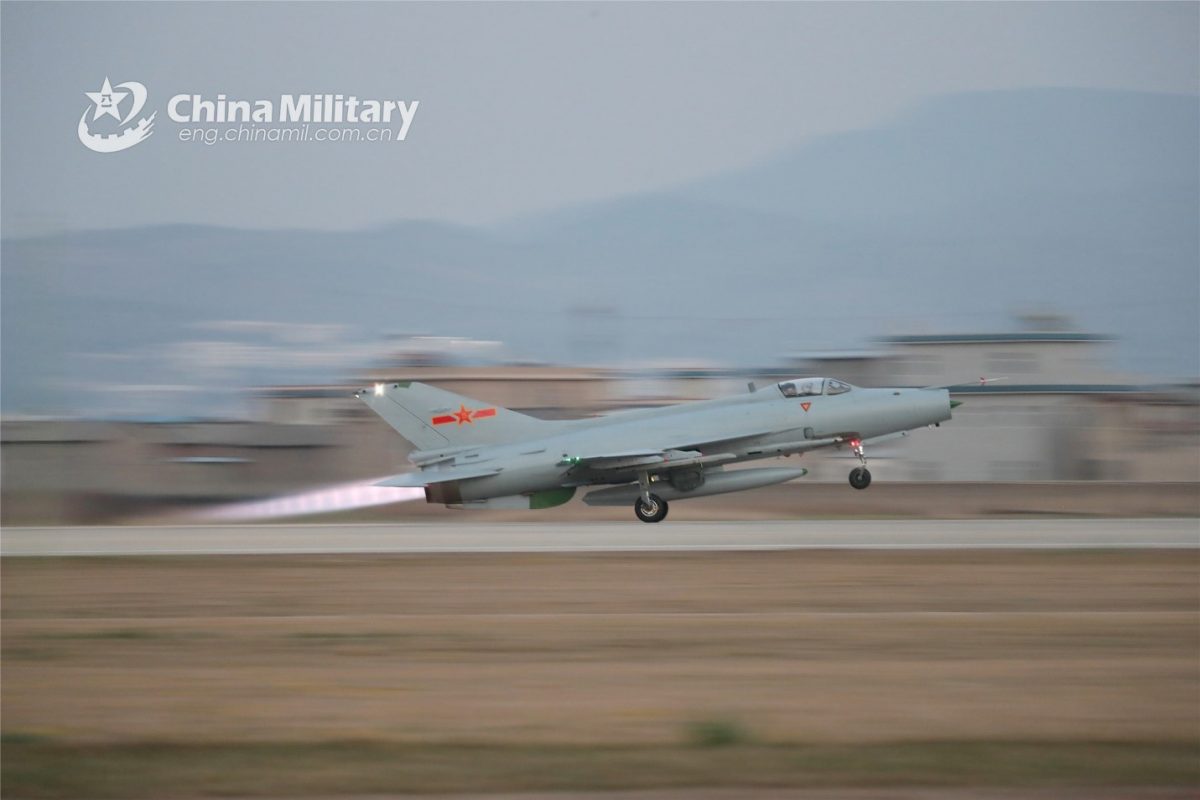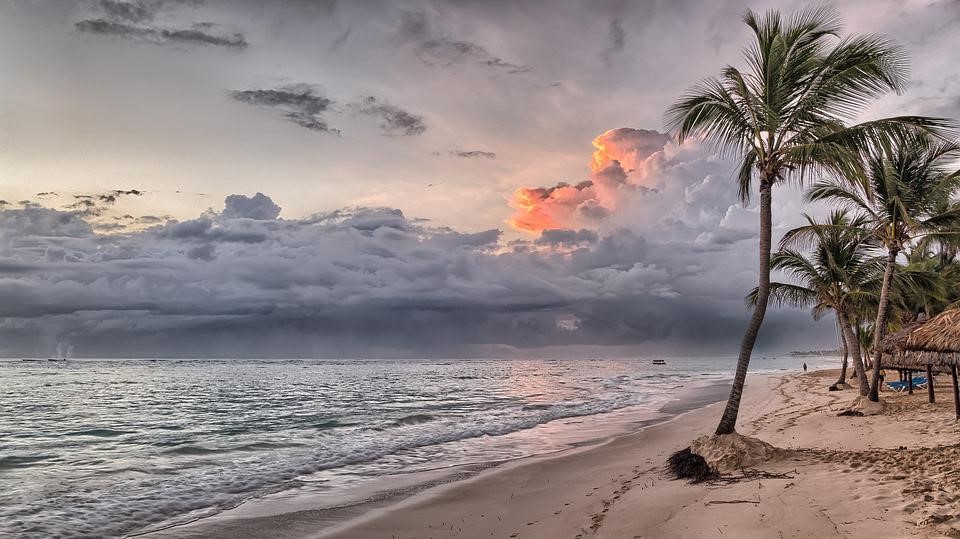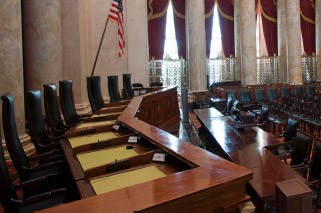Conventional war costs money and lives. Russia is losing on both fronts as the war passes the 80-day mark. Putin’s military expenditures have increased over 40% since the beginning of his “special military operation” in Ukraine. As Putin ramps up spending on conventional warfare in Ukraine evidence also indicates that Russia is developing a second “agricultural front” that may be more dangerous the the kinetic warfare inside Ukraine. Officials in Kyiv estimate that Russian military forces have seized between 400,000-500,000 tons of the country’s grain, mostly wheat, while its navy is blockading it from exporting 90 million tons of cereal from its ports as of this week. Ukraine is known as the bread basket of Europe. Putin knows destroying its agricultural economy will also wreak havoc on global food security.
The Russian President is pursuing a dual course on the agricultural front, according to Jamestown Foundation’s Sergey Sukhankin. First, six weeks ago Putin ordered the destruction of all agriculture-related infrastructure inside Ukraine. The Luhansk Oblast, center of the “most advanced production farms and largest food storage/preservation sites—has sustained the worst harm due to the war,” according to Sukhankin. In one air strike, Russia obliterated a modern grain elevator capable of storing 30,000 tons. Sergei Gaidai, chairman of the Lugansk regional military administration, said “The goal is the Holodomor. The occupiers bombed the grain elevator in Rubizhne with planes.” From 1932-1933 Soviet Russia created a man-made famine in Ukraine that caused mass starvation in grain-growing areas of the country. The term Holodomor is derived from the Ukrainian words for hunger (holod) and extermination (mor). Millions died during the famine.
Putin’s second angle of agricultural attack centers on stealing grain and other foodstuffs and farm machinery to sell overseas to marginalize Ukraine’s role as a global supplier. In April Russia, failed in an attempt to offload stolen grain in Cairo, Egypt. The Russian-controlled ship then sailed on to Syria, which accepted the shipment despite warnings from the international community. Other shipments of Ukrainian-grown grain were seized and sent to Siberia for distribution. The European publication UNIAN last week reported that GPS was able to track modern farm machinery being transported by Russian forces to Chechnya from Melitopol. Of the 106 million tons of grain produced by Ukraine in a record-breaking year in 2021, most remains stuck at seaports, depriving the country of needed revenue.
Over the last 15 years Russia has emerged as one of the top grain exporters and third largest exporter of fertilizer. Grain production and fertilizer make up Russia’s fastest growing raw-materials sector. With Putin’s “special military operation” he may intend to secure his country’s position in the global food market using his “Back Sea Pool,” according to a report by the Jamestown Foundation. Oleksander Perehozuk, of the Leibniz Institute of Agricultural Development in Transition Economies, suggests Putin only can succeed if he controls Ukrainian grain and also that coming out of Kazakhstan. Perehozuk points out that Russia first attempted this in 2007, when Moscow called for the creation of a Black Sea “grain OPEC” consisting of Russia, Ukraine, and Kazakhstan. Ukraine refused to comply in 2007. This year Putin didn’t ask Ukraine if it objected to his plan.
If successful this time, Putin would gain near hegemonic control over grain heading to parts of sub-Saharan Africa, the Middle East, and Asian markets. The potential starvation and instability that could occur should Putin decide to further weaponize food production, could send the world economy into a tailspin in the coming years. He could end up recreating the empire he desires even if he suffers a great loss in the war in Ukraine. Although the possibility remains that Putin could “go nuclear” in the future according to one Washington analyst, “it isn’t necessary for him to use WMD” to achieve his long-term objective of recreating the Russian empire and forcing the West to capitulate on sanctions against his country.
Daria Novak Served in the U.S. State Dept.
Photo: Pixabay







